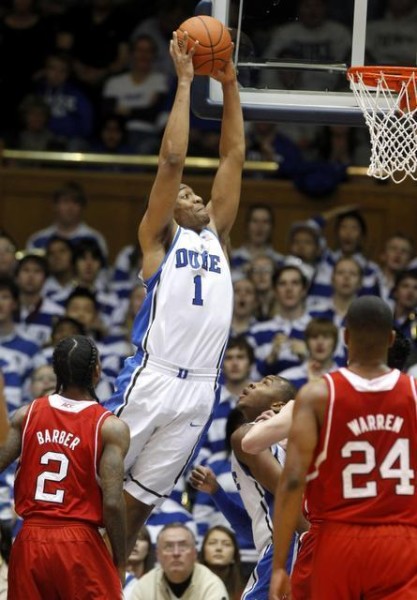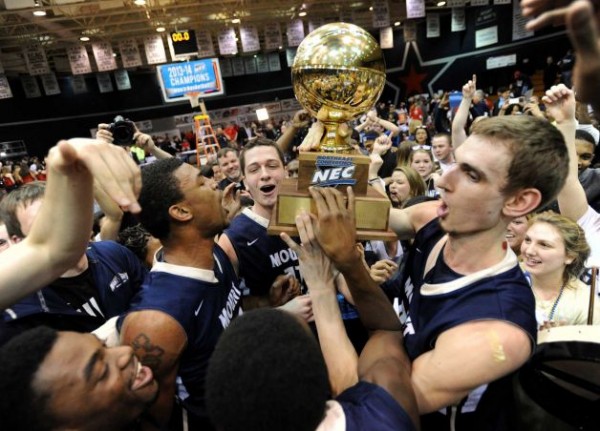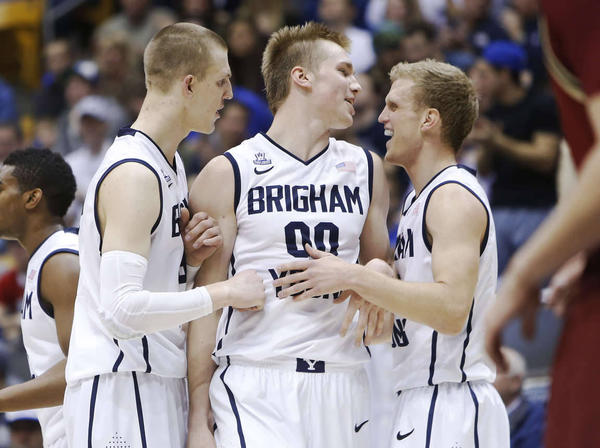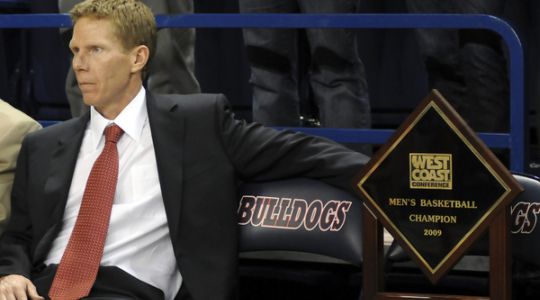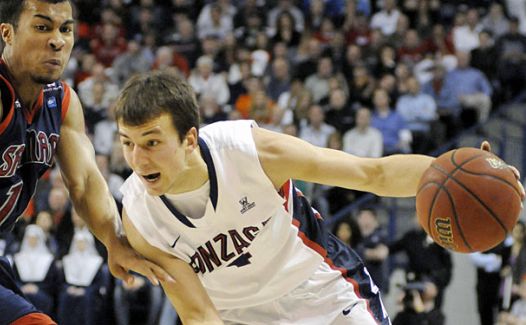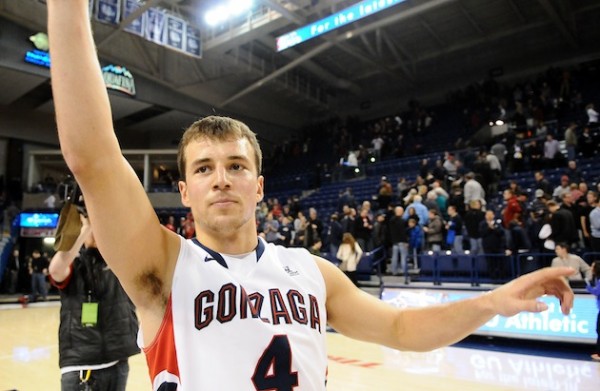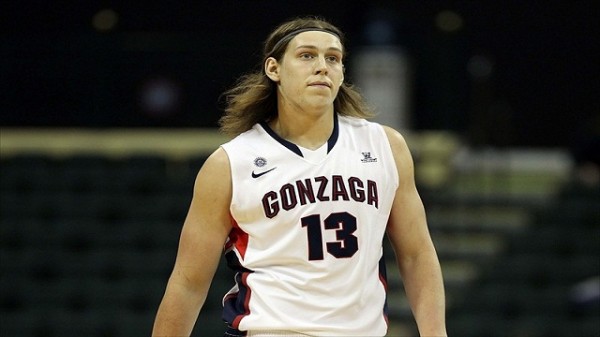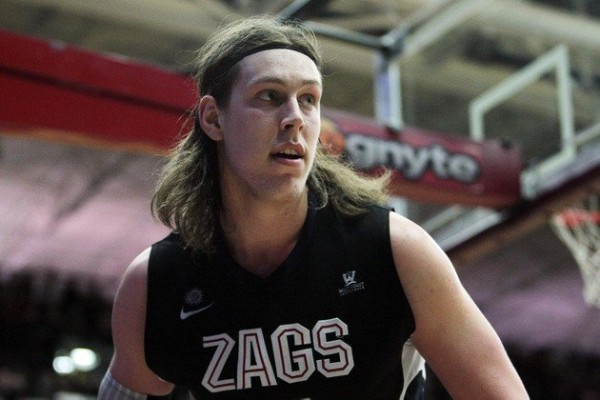2013-14’s All-Underappreciated Team
Posted by Bennet Hayes on April 17th, 2014We’ve seen All-American list after All-American list over the past few weeks, and the familiar names are all deserving: McDermott, Parker, Smith, Wilbekin, and so on and so forth. But what about the players who are nowhere to be found on any of these honor rolls, yet still deserve mention for their valuable contributions this season? Below is a team of five players – none of them All-Americans, or really anything especially close – who all played important but overlooked roles for their successful teams.
- PG: Quinn Cook, Duke – If you are a McDonald’s All-American and seek a successful but unheralded college career, Duke would seem like as good a destination as any. Somehow, Cook has avoided plaudits from most observers during his time in Durham, and at times has even been seen as the weak link for the Blue Devils. His play isn’t always as consistent as Coach K would like, but after a season in which he posted a 120.2 Offensive Rating (better than more heralded teammates Jabari Parker and Rodney Hood) and an assist rate of 27.7 percent, it’s time to appreciate Cook for what he was this year — one of the best point guards in the country.
- SG/SF: Tekele Cotton, Wichita State – We heard plenty about Cleanthony Early, Fred Van Vleet and Ron Baker this season, but what about the Shockers’ unsung hero, Cotton? The 6’3” junior was the best defensive player on the 12th most efficient defensive team in the country, and shot 37 percent from three-point range en route to a gaudy Offensive Rating of 118.2. Not everyone missed Cotton’s value to WSU; he was one of four Shockers to receive a first-place vote for MVC POY, and was awarded the league’s Defensive Player of the Year trophy. Read the rest of this entry »






























